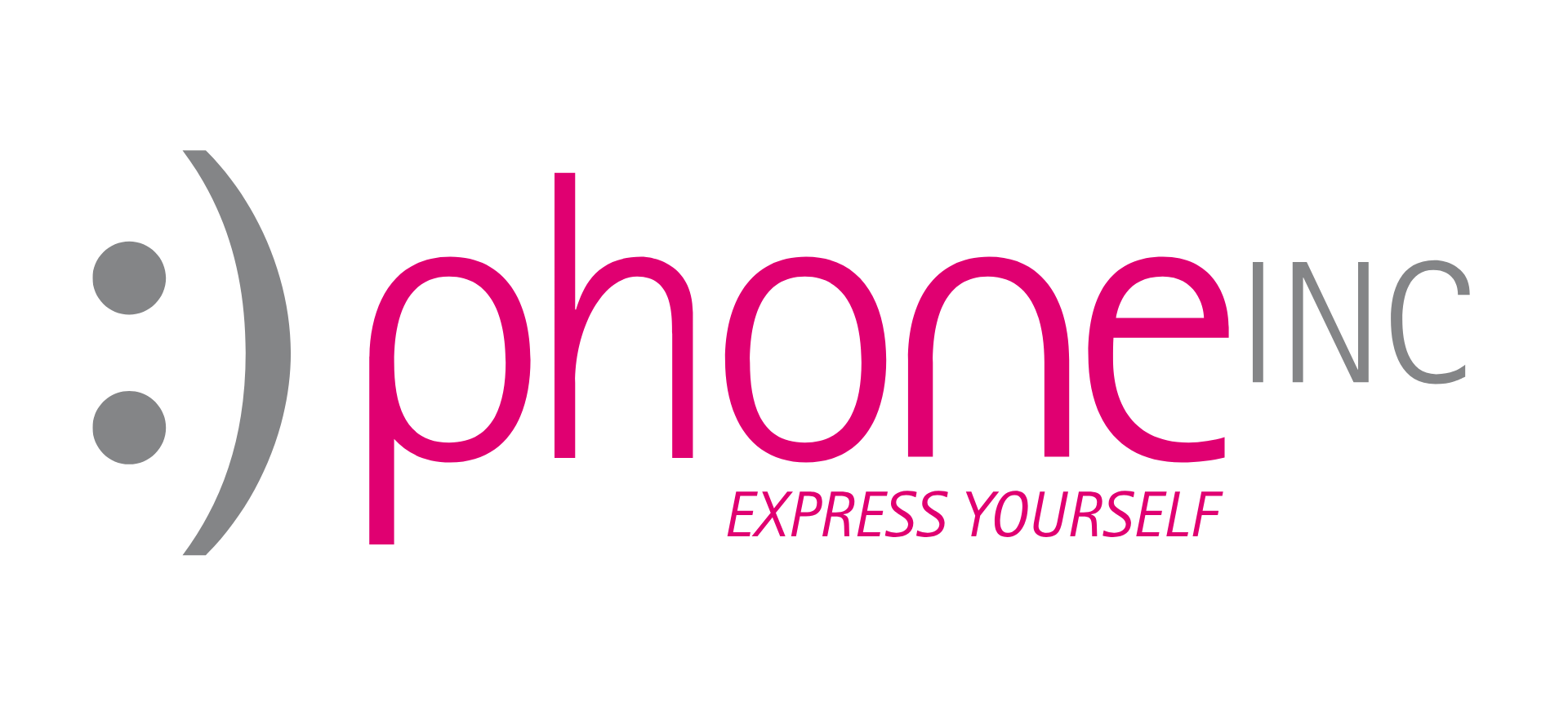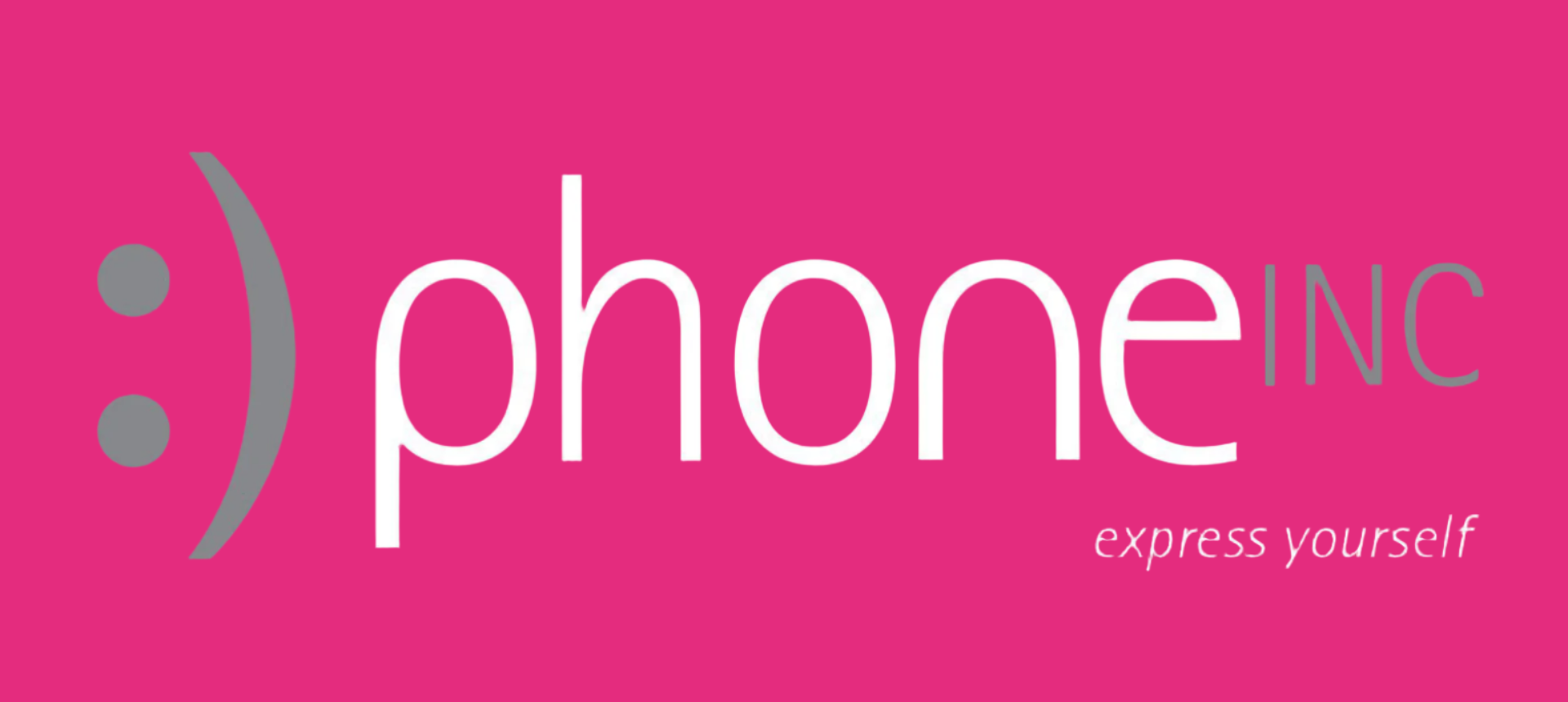
ZME Z-Wave Z-Uno Board
$129.95
Unit price perEstimated delivery between December 24 and December 26.

The Z-WAVE.ME Z-Uno is the first (and only) easy to use developer board that allows you to create your own Z-Wave device!
- Compatible with many Arduino peripherals
- Z-Wave plus certified
- Programmable with simplified C language
- Supports 1-Wire and I2C (Software)
Product Details
The Z-WAVE.ME Z-Uno is the perfect solution for DIY home automation systems. It is made for those who are limited by the existing choice of Z-Wave products and want to extend their smart homes with more sensors and actuators; connect LEDs, buttons, switches, motors or any low voltage sensor (including most compatible Arduino sensors) and write your own code (or sketch) in simplified C language to create your personalized Z-Wave device.
This product integrates with all Australian certified (921.42MHz) Z-Wave controllers including:
- Vera Edge - most popular sensors scales, switches, and dimmers are supported
- Fibaro Home Center 2/Lite - full support from 4.070 (some scales might not be supported)
- Z-Way / RaZberry - full support
SPECS
RF Protocol
- Z‐Wave Plus (500 series chip)
RF Frequency
- 921.42Mhz ‐ AU/NZ approved RF for Z‐wave
Z-Wave Device Type
- Binary/Multilevel switch,
- Binary/Multilevel sensor, meter
Power
- USB 5V, external 3V, external 7-18V or battery
Hardware
- 28kB Flash memory for sketches
- 2 kB RAM
- 26 GPIO
- 1 USB (serial port)
- 64 kB EEPROM
Operation Range
- Up to 30m indoors (with no obstacles)
Z-Wave Channel Types
- Binary/Multilevel switch,
- Binary/Multilevel sensor, meter
Operation Temperature
- 10 ~ 40 °C
Storage Temperature
- ‐10 ~ 60 °C
Weight
- 10g
Board Dimensions
- 39mm x 20mm x 16mm
Antenna Length
- 86mm
Unveil your imagination to create
- battery powered in-wall remote switch
- rotary dimmer control
- temperature/soil humidity/luminosity/voltage/distance or any other sensors as well as dry contact sensor or tick counter
- low voltage switch
- IR blaster
- LED driver
- motor driver
- battery powered keypad
- converter from any protocol to Z-Wave (using SPI/UART/I2C/1-wire bus)
Make your own Z-Wave Device
- control any Arduino compatible peripherals
- define your own logic by modifying your sketch
- use Arduino IDE and language to write and upload sketches
- easy to use
- requires no knowledge of Z-Wave protocol
- complete DIY solution
Hardware SPECS
- 28 kB Flash memory for your sketches
- 2 kB RAM available
- Z-Wave RF transmitter at 9.6/40/100 kbps
- 26 GPIO (overlaps with special hardware controllers)
- 4 ADC
- 5 PWM
- 2 UART
- 1 USB (srial port)
- 16 kB EEPROM
- 1 SPI (master or salve)
- 4 IR Controllers, 1 IR learn capability
- 1 TRIAC/ZEROX to control dimer
- 3 Interrupts
- 1 Timer 4 MHz
- I2C (Software)
- 1-Wire (Software)
- 8x6 keypad Scanner (Software)
- 2 service LED, 1 service button
- 1 user test LED
Power Modes
- USB 5 V, external 5 or 3 V, external 7-18 V or battery (via MU-2F connector, included)
- always on, sleeping or FLiRS (Frequently Listening)
Z-Wave Supported features
- Z-Wave Plus compliant
- all Z-Wave frequencies (check availability)
- out of the box support of AES 128 bit Security
- upgrade via USB or radio (Z-Wave OTA)
- Multichannel (10 channels)
- 5 Association groups
- controls switches, dimmers, door locks and scenes
- orks with gateways and/or directly with other Z-Wave devices
Channel Types
- Binary Switch
- Multilevel Switch
- Color Switch
- Binary Sensor
- Multilevel Sensor
- Meter
Antenna
- Antenna type: wire antenna 86 mm for 865-870 MhZ
- Alternative antenna: optional u.fl connector can be soldered (to RF2 pads)
Electrical characteristics
- Digital pin in logical 1: > 2.1 V, leakage current 10 μA
- Digital pin in logical 0: < 0.9 V, leakage current 10 μA or 40–120 μA (with internal pull-up enabled)
- Internal pullup resistor: 15–20 kΩ (at +25°C)
- Digital pin out logical 1: > 2.4 V, max current sourcing 8 mA (16 mA for digital pins 3-6)
- Digital pin out logical 0: < 0.4 V, max current sinking 8 mA (16 mA for digital pins 3-6)
- Total max current sourcing from GPIO pins: 120 mA
- Power consumption on 3.3 V:
- in always listening mode 50 mA
- in sleep mode 1 mA (about 7 μA if DC-DC is turned off by unsoldering R12)
- in FLiRS mode 1 mA (about 70 μA if DC-DC is turned off by unsoldering R12)
- Power consumption on 5 V: in always listening mode ∼ 30 mA (can be lowered by using external switching DC-DC)
- Power consumption on 7–18 V: in always listening mode ∼ 35 mA (can be lowered by using external switching DC-DC)
- DC-DC installed:
- 7–18 V → 5 V: NCP1117ST50T3G, max current sourcing from 5V pin 900 mA
- 5 V → 3 V: MCP1700, max current sourcing from 3V pin 200 mA
Z-Uno power supply
Z-Uno can be powered from 3V (pin 3V3), 5V (pin 5V or USB) or external 7-18V (pin Vin).
Below is the schematics of Z-Uno power supply:

Share information about your brand with your customers. Describe a product, make announcements, or welcome customers to your store.
Share information about your brand with your customers. Describe a product, make announcements, or welcome customers to your store.


